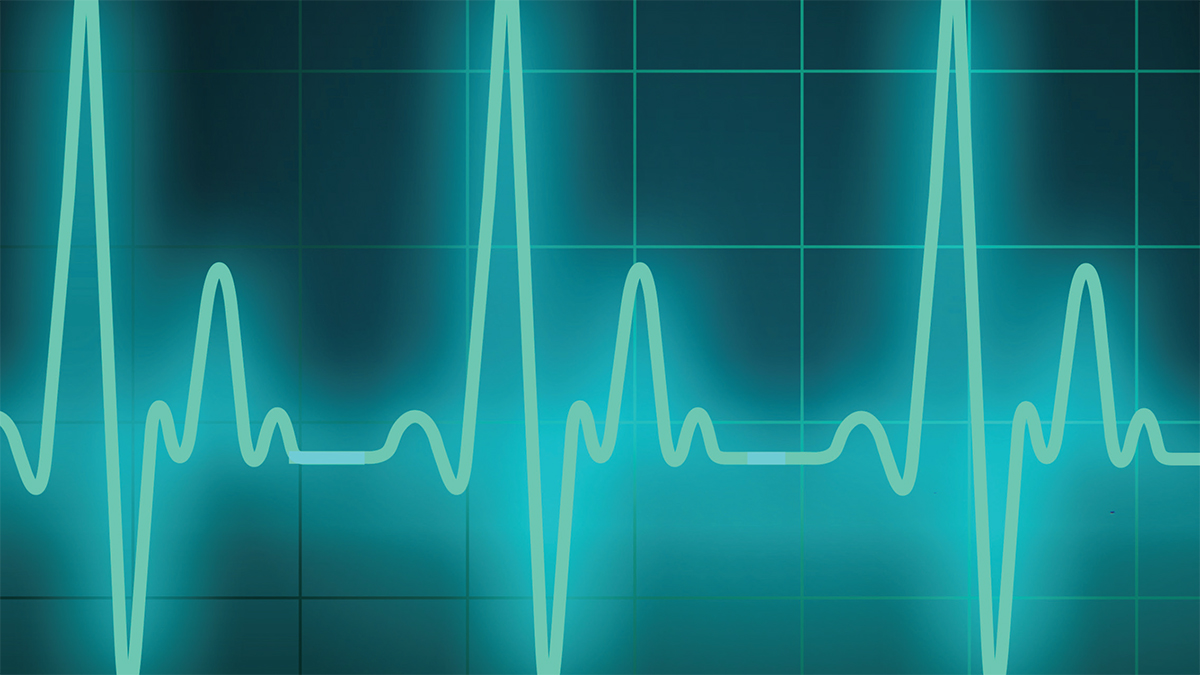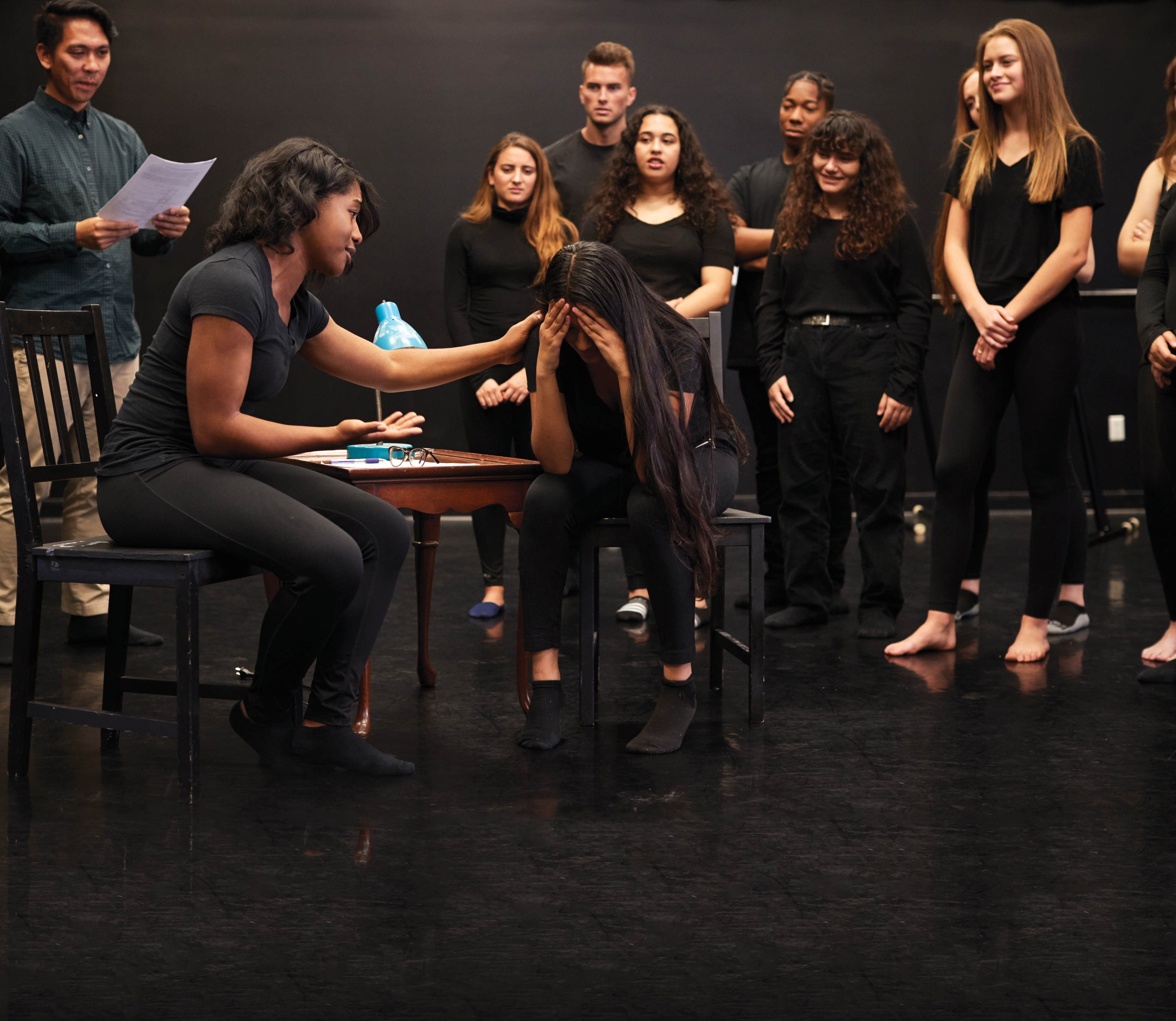Archive: Transforming Science Learning: Solving the Problem of Finding Authentic Problems Students Can Solve in the K-12 Classroom, December 16, 2020
Is identifying and choosing relevant, authentic problems to put in front of your students holding you back from providing opportunities to engage your students in engineering design?
Join us to gain insight on what makes a problem instructionally productive. We’ll also explore resources available to support you in selecting problems to put in front of your students and strategies to help students identify problems they want to pursue individually or in small groups for STEM competitions or their own interest.
Is identifying and choosing relevant, authentic problems to put in front of your students holding you back from providing opportunities to engage your students in engineering design?
Join us to gain insight on what makes a problem instructionally productive. We’ll also explore resources available to support you in selecting problems to put in front of your students and strategies to help students identify problems they want to pursue individually or in small groups for STEM competitions or their own interest.
Is identifying and choosing relevant, authentic problems to put in front of your students holding you back from providing opportunities to engage your students in engineering design?
Join us to gain insight on what makes a problem instructionally productive. We’ll also explore resources available to support you in selecting problems to put in front of your students and strategies to help students identify problems they want to pursue individually or in small groups for STEM competitions or their own interest.
Is identifying and choosing relevant, authentic problems to put in front of your students holding you back from providing opportunities to engage your students in engineering design?
Join us to gain insight on what makes a problem instructionally productive. We’ll also explore resources available to support you in selecting problems to put in front of your students and strategies to help students identify problems they want to pursue individually or in small groups for STEM competitions or their own interest.






